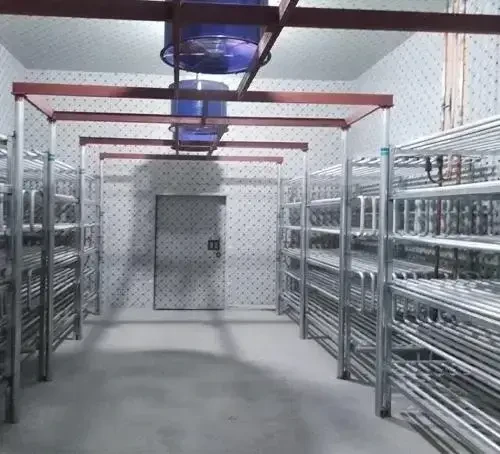condenser compressor
Understanding the Role of Condensers and Compressors in Refrigeration Systems
In the realm of refrigeration and air conditioning, condensers and compressors are two critical components that work in tandem to ensure efficient cooling and climate control. A thorough understanding of how these devices function and their roles in the refrigeration cycle is essential for anyone involved in HVAC systems, whether for residential, commercial, or industrial applications.
Understanding the Role of Condensers and Compressors in Refrigeration Systems
The compressor, often regarded as the heart of the refrigeration system, is responsible for compressing the refrigerant vapor that has absorbed heat from the environment. This process raises the pressure and temperature of the refrigerant, transforming it into a high-energy gas. The compressor operates by utilizing mechanical energy, often derived from an electric motor. It has the ability to draw in low-pressure vapor from the evaporator and convert it into high-pressure vapor, which is then pushed into the condenser. Various types of compressors exist, including reciprocating, rotary, and scroll designs, each with their unique advantages and applications.
condenser compressor

Once the high-pressure refrigerant vapor reaches the condenser, its role is to dissipate the heat absorbed during the evaporation phase. The condenser typically functions as a heat exchanger, where the refrigerant, now under high pressure, flows through coils and is cooled by air or water. As the refrigerant loses heat, it undergoes a phase change from a vapor to a liquid. This process is facilitated by the condenser's design, which maximizes surface area for heat transfer. The effectiveness of the condenser is crucial, as it directly impacts the efficiency of the refrigeration system. Factors like ambient temperature, the size and design of the condenser, and the type of refrigerant used all influence its performance.
After the refrigerant has been condensed into a liquid, it continues its journey through the expansion valve or capillary tube, where it experiences a drop in pressure. This reduction allows the refrigerant to enter the evaporator, where it absorbs heat from its surroundings, thereby completing the cycle.
The symbiotic relationship between compressors and condensers cannot be understated. The efficiency of one directly affects the performance of the other. A poorly functioning compressor will not adequately pressurize the refrigerant, leading to inefficient condensation. Conversely, if the condenser is unable to expel heat effectively, the compressor may overheat and fail, leading to system breakdowns.
In conclusion, condensers and compressors are integral components of refrigeration and air conditioning systems, working together to ensure effective heat transfer and temperature control. Understanding their roles in the refrigeration cycle helps HVAC professionals optimize system designs and troubleshoot issues. As technology advances, innovations in condenser and compressor design continue to improve energy efficiency and performance, contributing to a more sustainable future in cooling technologies.
















































































































